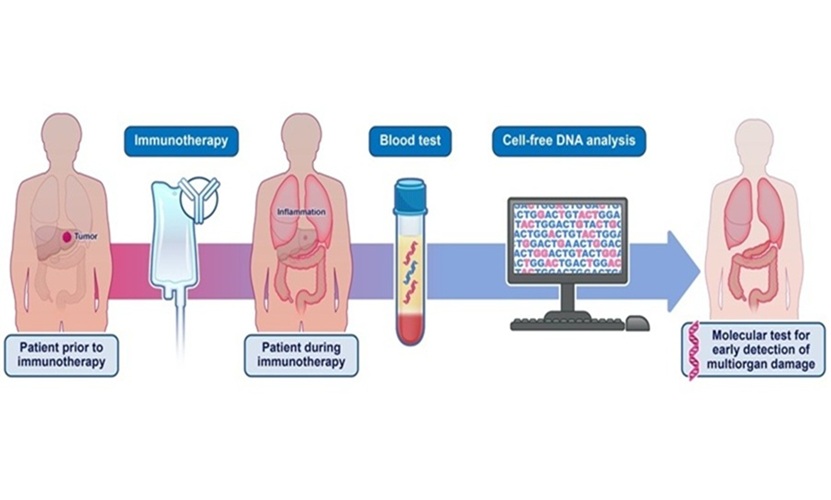Immunoassay Evaluated for Severe Neurocysticercosis
By LabMedica International staff writers
Posted on 25 Mar 2013
The potential of the secreted metacestode antigen HP10 detection enzyme-linked immunosorbent assay (HP10 Ag-ELISA) has been evaluated in the long-term follow-up in the severe form of neurocysticercosis. Posted on 25 Mar 2013
The assay performance was compared with that of Magnetic Resonance Imaging (MRI) and in addition, the robustness of the HP10 Ag-ELISA was evaluated independently at two different institutions.

Image: MRI scan of a patient with neurocysticercosis (Photo courtesy of UCLA).
Scientists at the National Autonomous University of Mexico (University City, Mexico) conducted a cohort trial involving 38 neurocysticercosis (NC) with cysticerci located in the subarachnoid space at the base of the brain (NC-SaB) cases and a total of 108 paired serum and cerebrospinal fluid (CSF) samples taken at intervals of four to eight months for up to 43 months. HP10 antigen was detected by Ag-ELISA and optical densities (OD) read at 450 nm and determined in ELISA processors, either the Benchmark Microplate Reader (Bio-Rad; Hercules, CA, USA) or the Opsys MR (Dynex Technologies; Chantilly, VA, USA).
A good level of agreement was found between positive/negative allocations for paired CSF and serum samples. There was complete agreement between radiological and CSF HP10 Ag-ELISA results in 18 out of the 38 cases. Of the 108-paired MRI/HP10 Ag-ELISA evaluations, agreement between MRI and CSF HP10 Ag-ELISA was found in 76 (70.4%) cases and between MRI and sera HP10 in 65 (60%) patients. This lack of agreement appears to be principally due to a misinterpreted MRI rather than to serum and/or CSF HP10 Ag-ELISA assay and in addition, HP10 Ag-ELISA proved to be a highly reproducible method, when comparing results obtained in two different Mexican institutions.
The authors concluded that the study established the usefulness and economic advantage of the HP10 Ag-ELISA applied on CSF and serum samples for the follow-up of patients with NC-SaB, the most severe form of the disease. They believe their results will lead to the rapid commercialization of a HP10 antigen diagnostic kit to favor its employment worldwide. The study was published on March 7, 2013, in the journal Public Library of Science Neglected Tropical Diseases.
Related Links:
National Autonomous University of Mexico
Bio-Rad
Dynex Technologies














